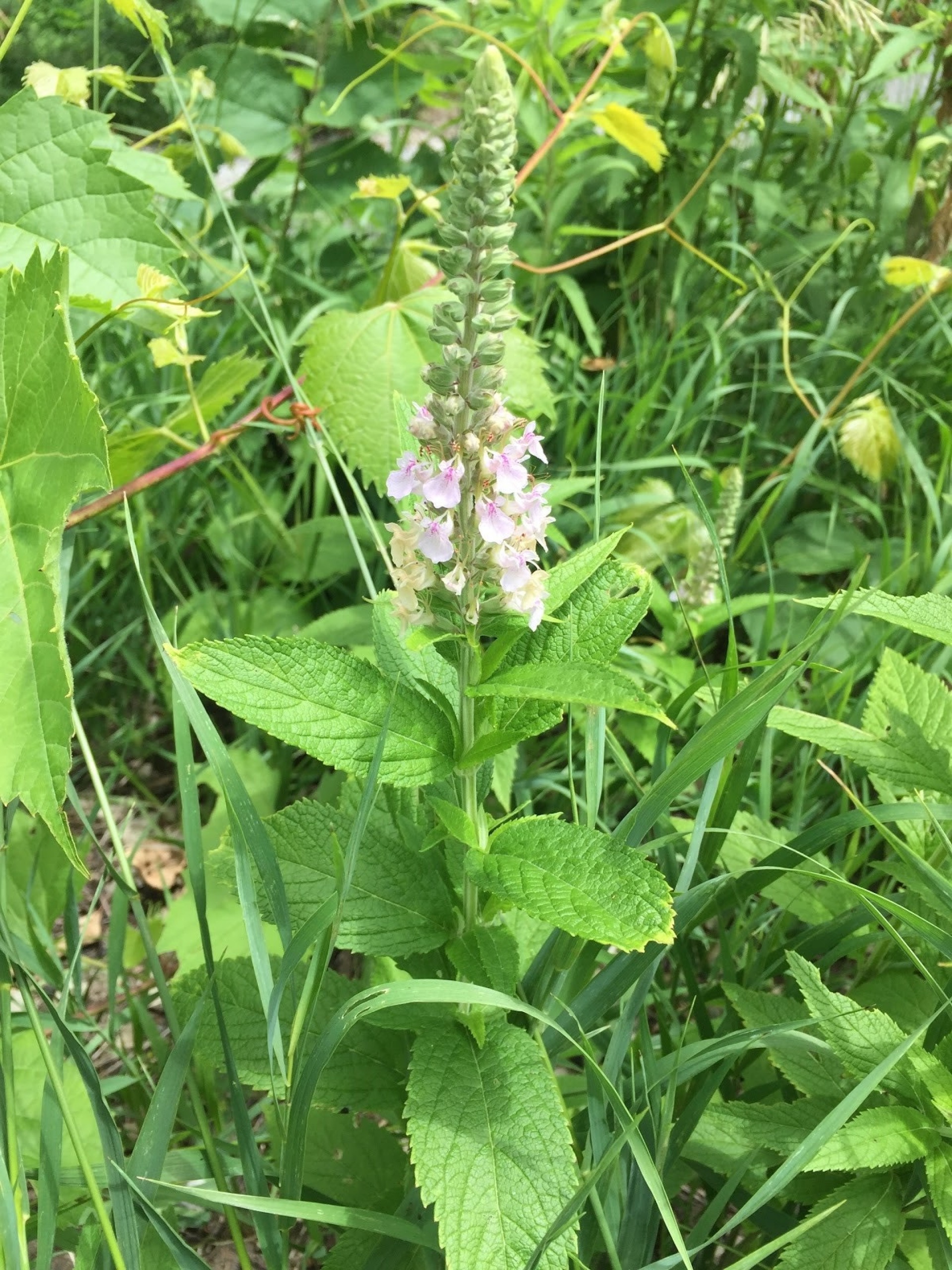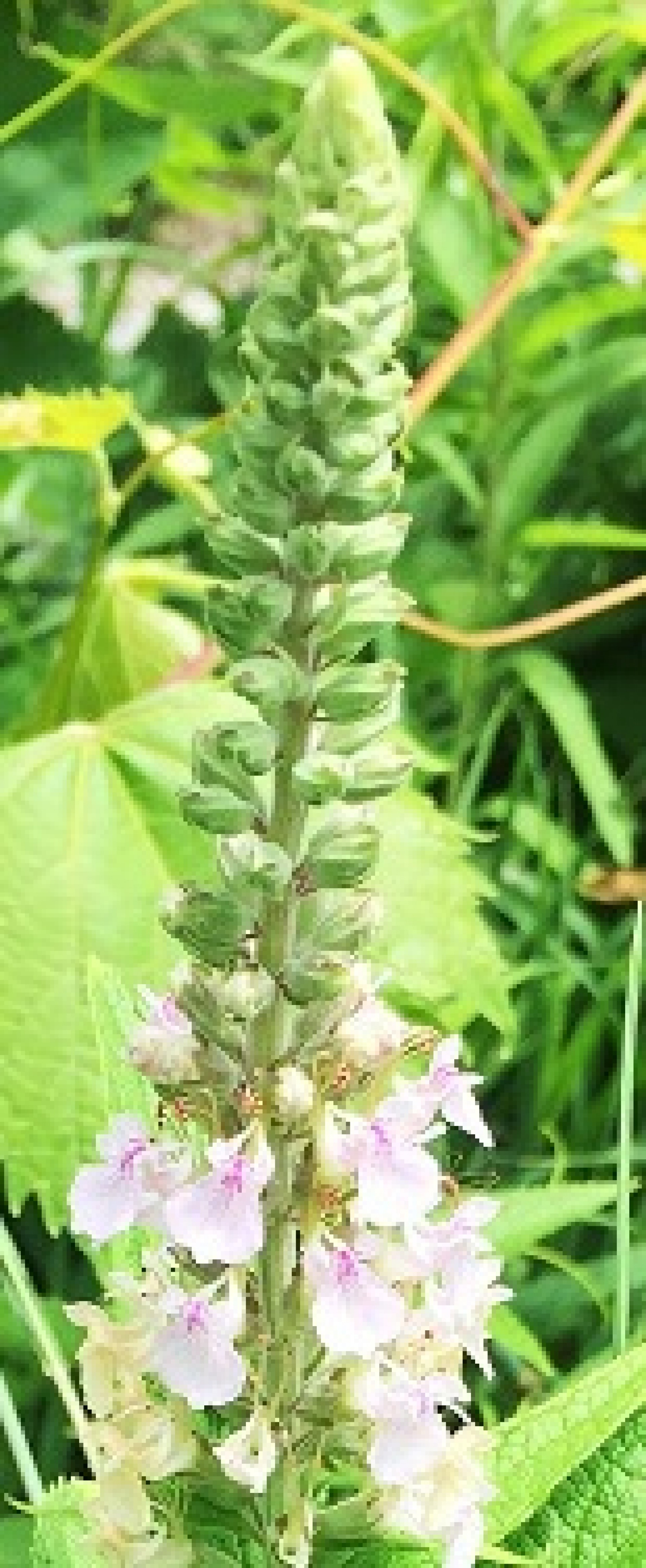These popular topics are heating up. Explore today's most viewed pages.
Today’s spotlight is focusing on Germander, a plant in the Lamiaceae, or mint family. Teucrium canadense has many common names including American Germander, Canada Germander, Hairy Germander, and Wood Sage. Many types of Germander have been introduced to North America, but Teucrium canadense is the only native Germander found in Iowa. T. canadense can be found in many counties across Iowa with moist prairies and open woodlands. Germander is a perennial that grows 2-3 feet tall, & it blooms from early July until mid-August.


One unique feature of Germander is its hairy and square stem that is common to many plants in the Mint family. The serrated and oval leaves of Germander have small hairs and are oriented opposite of one another.
Germander flowers clusters of multiple flowers along a central stem, this type of flower is called raceme, & Germander racemes can grow up to 6 inches tall. The blooms can be seen ranging in color from white to pink to lavender, & each flower has a large lower lobe. After blooming, fruits of four nutlets begin to develop. This typically happens mid-July.
Germander is important to the ecosystem because of its interaction with native fauna. Many species of bees visit the flowers of Germander for its nectar, this interaction between bees and Germander is a form of mutualism because both species benefit from it. The Germander is pollinated while the bees get nectar. Other insects such as flies and butterflies also visit Germander while mammals typically avoid it due to its bitter-tasting leaves.